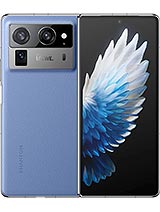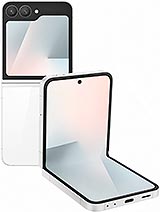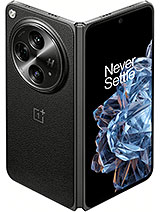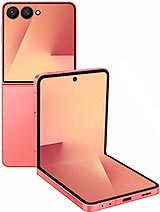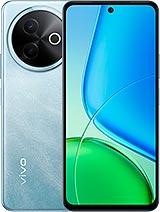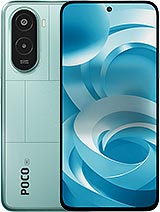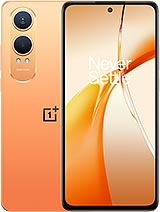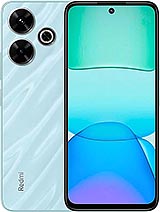Infinix Zero Flip alternatives
Tap above to see alternatives.
Redmi 13 alternatives
Tap above to see alternatives.
Infinix Zero Flip

Infinix Zero Flip
-
Dimensity 8020
6 nm
-
4720 mAh
70W
-
6.9"
1080 x 2640 pixels
-
50 MP
4K@30fps
-
Specs

4x2.6 GHz Cortex-A78
4x2.0 GHz Cortex-A55
2x2.2 GHz Cortex-A78
6x2.0 GHz Cortex-A55
8GB 512GB (UFS 3.1)
8GB 128GB (UFS 2.2)
8GB 256GB (UFS 2.2)
f/1.9, 24mm (wide), 1/1.57", 1.0µm, PDAF, OIS
50 MP
f/2.2, 115˚ (ultrawide), 1/2.8", 0.64µm, PDAF
f/1.8, (wide), 0.64µm, PDAF
2 MP
(depth)
1080p@30/60/120fps
f/2.5, 25mm (wide), 1/2.76", 0.64µm, PDAF
f/2.5, (wide)
1080p@30/60/120fps
SIM1: Nano, SIM2: Nano
SIM1: Nano, SIM2: Nano (Hybrid)
14 5G bands
n1, n3, n5, n7, n8, n12, n20, n28, n38, n40, n41, n66, n77, n78
7 5G bands
n1, n3, n5, n8, n28, n40, n78
In this performance comparison, the Infinix Zero Flip with its Mediatek Dimensity 8020 (6nm) performs better than the Redmi 13 with the Qualcomm Snapdragon 4 Gen 2 AE (4nm), thanks to superior chipset efficiency.
Both Infinix Zero Flip and Redmi 13 offer the same software support — 2 years of OS updates and 3 years of security updates.
Infinix Zero Flip features a superior AMOLED display, while Redmi 13 comes with an LCD panel. Both smartphones offer the same 120 Hz refresh rate. Infinix Zero Flip also boasts a brighter screen with 1400 nits of peak brightness, enhancing outdoor visibility. Both phones have the same screen resolution.
Redmi 13 features a larger 5030 mAh battery, potentially delivering better battery life. Infinix Zero Flip also supports faster wired charging at 70W, compared to 33W on Redmi 13.
Redmi 13 includes an IP53 rating, while Infinix Zero Flip lacks an official IP rating.
- Infinix Zero Flip – Check price here
- Redmi 13 – Check price here
¹ Scores can vary even with the same chipset due to RAM, thermals, and software optimization.


